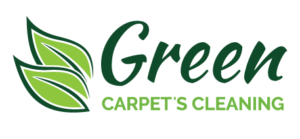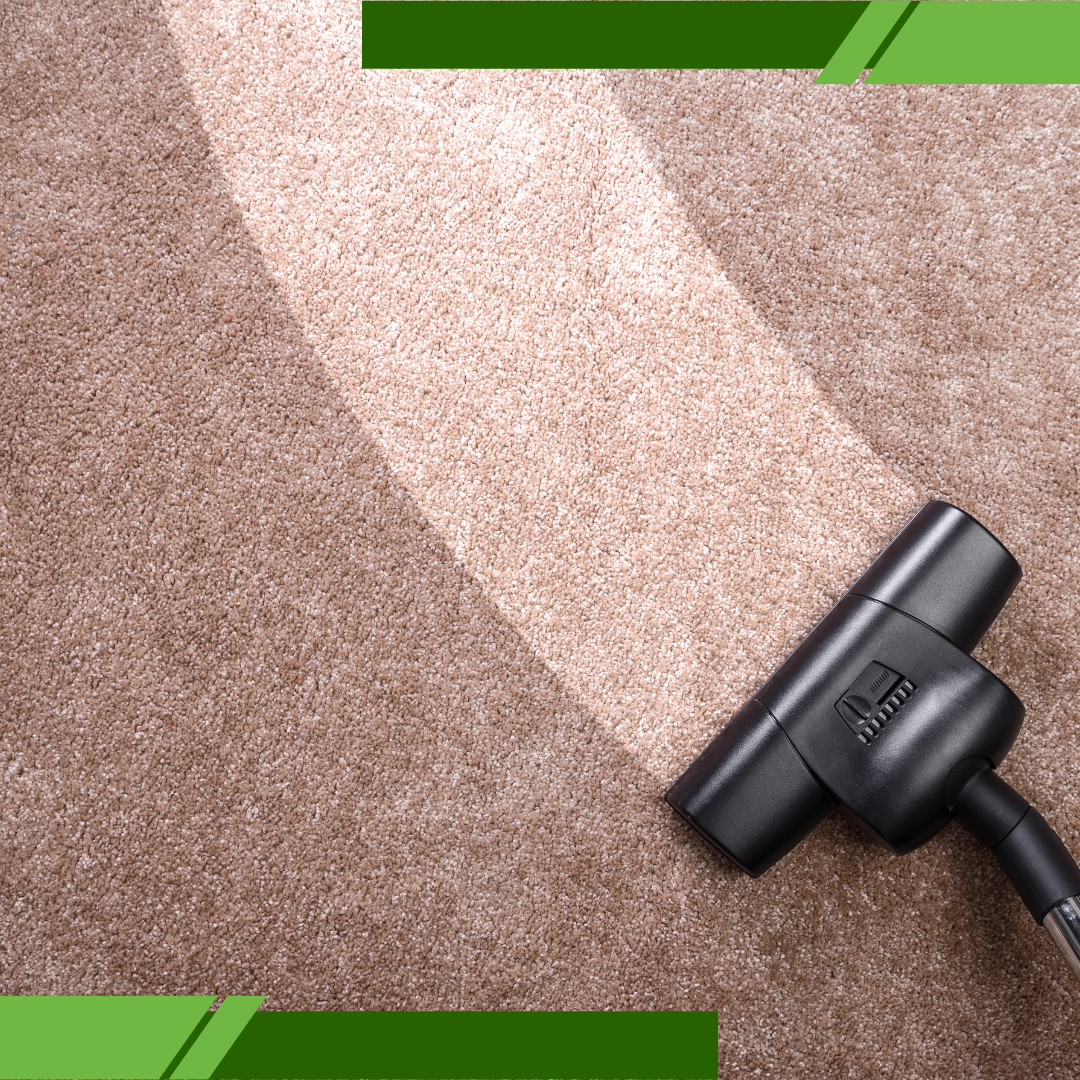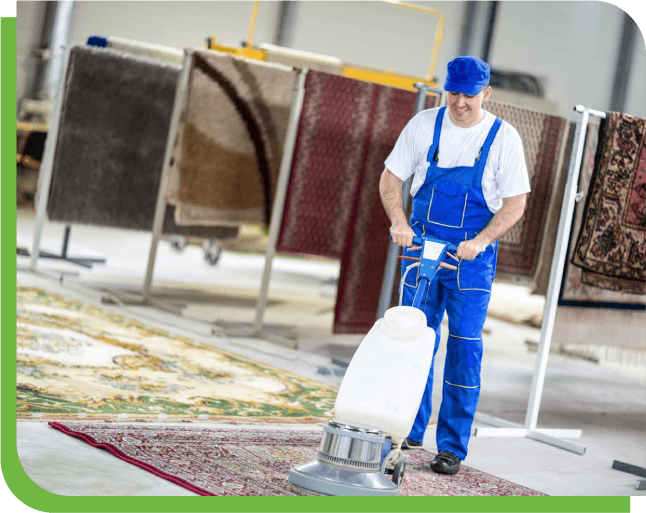Get in touch
Fill this up to proceed

We are committed to providing a world-class carpet, rug, upholstery, drapery or mattress cleaning services that will open your door to a happier and healthier green indoor environment.
Renovations breathe new life into a space—but they also bring chaos in the form of dust, allergens, and debris. Maintaining a healthy and tidy environment throughout the process is essential not just for comfort, but for your safety and well-being. In this guide, we’ll explore the most effective and safe cleaning methods to manage messes while protecting your home’s air quality and surfaces in Hidden Hills.
Before you bring out the mop and vacuum, take steps to minimize how much dust and debris accumulates in the first place in Hidden Hills.

Renovations can release a cocktail of dust, debris, and chemical residues that settle into every surface—especially carpets. Without a safe cleaning method, you risk exposing your family to allergens and toxins that can linger long after construction ends. This is particularly important in homes with children, pets, or anyone with respiratory issues. Engaging carpet cleaning experts ensures deep extraction of dust and particles that standard vacuums can’t reach. They use eco-friendly techniques that align with a safe cleaning method, protecting both your health and your flooring investment. Whether you’re mid-renovation or wrapping up, prioritizing cleanliness the safe way improves air quality, preserves your interiors, and creates a more livable space. Don’t just clean—clean smart, clean safe with Carpet Cleaning Hidden Hills.

When the final nail is hammered and the last board is sanded, your home needs more than a wipe-down. Follow this room-by-room guide to safely restore cleanliness.
To determine whether you’re using a truly safe cleaning method in Hidden Hills, start by reviewing the ingredients in your cleaning products. Avoid those containing ammonia, bleach, artificial fragrances, or harsh solvents. Instead, look for plant-based, non-toxic, or biodegradable formulas that are certified by third-party organizations like Green Seal or EPA Safer Choice. Also, check if your tools—such as vacuums and air purifiers—use HEPA filtration, which traps fine particles without redistributing them into the air.
Another key sign of a safe cleaning method is its impact on your home environment. If your space smells fresh without overwhelming chemical odors, and no one experiences irritation after cleaning, you’re on the right track. A safe method protects not only your surfaces but also your health and indoor air quality.
Use a damp (not wet) microfiber mop with a diluted pH-neutral cleaner. Avoid abrasive scrubs or ammonia-based products to protect the finish and ensure a safe cleaning method.
Always start by dry dusting with a microfiber cloth, then use a HEPA vacuum. Finish with a lightly dampened cloth—never go straight to wet cleaning, which can smear and spread the dust.
Yes! Vinegar, baking soda, and citrus oils are excellent components of a safe cleaning method for most surfaces, provided they’re used properly and tested first on small areas.
Ideally, run air purifiers continuously and clean or replace HVAC filters every 2–3 weeks depending on the dust level. Ventilate your space daily for best results.
Absolutely. Use soft microfiber cloths and gentle, non-toxic sprays to avoid damaging delicate finishes, textiles, and surfaces. A safe cleaning method helps preserve both aesthetics and air quality.

We are committed to providing a world-class carpet, rug, upholstery, drapery or mattress cleaning services that will open your door to a happier and healthier green indoor environment.
We are committed to providing a world-class carpet, rug, upholstery, drapery or mattress cleaning services that will open your door to a happier and healthier green indoor environment.